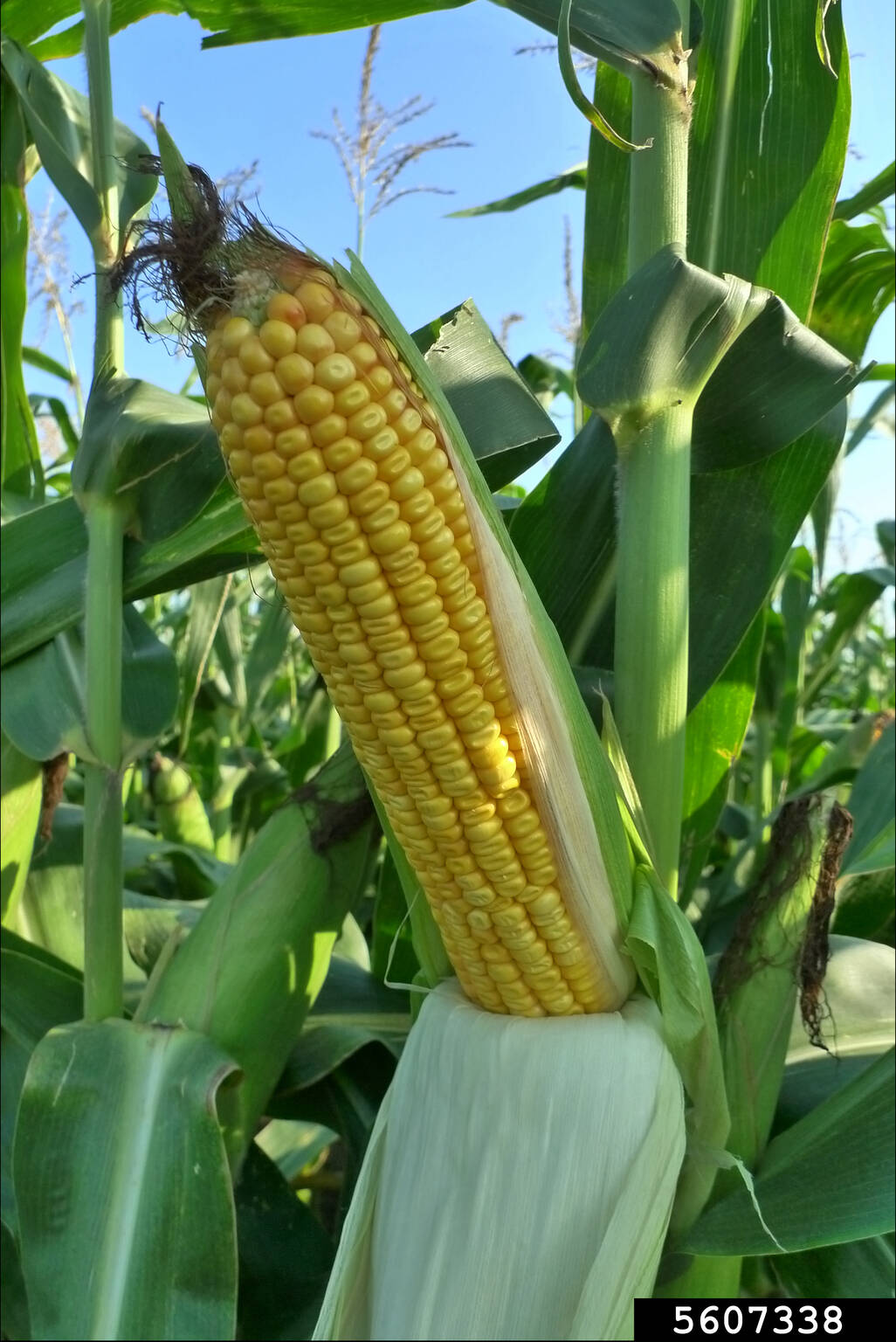Q: Can we grow corn on the North Olympic Peninsula?
A: Corn is a warm-season crop. It requires soil temperatures greater than 50 degrees to germinate and a long, frost-free growing season to reach maturity.
If you plant corn in the ground too early, the seeds will lay dormant until soil temperatures warm and will often succumb to fungal and other diseases. If you delay planting for the soil to warm sufficiently, the corn might not mature before cooler weather sets in.
As a result, growing corn on the North Olympic Peninsula can be challenging. With a little extra effort, however, you can grow corn successfully. Here are a few tips:
Select corn varieties with the shortest number of days to maturity. Corn varieties that have performed well in Clallam County Master Gardener Demonstration Gardens include Bodacious, Earlivee, Quickie, Seneca Horizon, Sugar Pearl White and Sugar and Gold.
Choose a planting site with well-drained soil that receives at least 6 hours of sun each day. Soil that drains well warms earlier in the spring.
Do not plant until the soil has warmed to at least 60 degrees. You can artificially warm soil by laying a sheet of plastic over the planting area a few weeks before planting. Clear plastic is better at warming soil than black plastic, but both must be in good contact with the soil for temperatures to rise.
If soil temperatures at planting are above 60 degrees but below 75 degrees, consider using seed pre-treated with a fungicide. (Untreated seed has a natural color; treated seed is dyed)
You can also plant seeds more heavily than recommended on the seed packet (i.e., closer spacing) in case germination is poor, but you will have to thin seedlings to the recommended distances when they are 4-5 inches tall.
Some sources suggest planting corn seeds shallower than recommended if the soil is cool and moist, with the rationale that the soil will be warmer. Others say that this does not increase the soil temperature significantly and can interfere with good root formation.
Starting seeds indoors, a technique used to get a jump on the growing season for warmth-loving plants, is generally not recommended for corn since the starts do not transplant well. If you give it a try, plant the seeds in deep containers or biodegradable pots to limit root disturbance when you transplant them into the garden and transplant before plants are 6 inches tall.
For more guidance on growing corn, read WSU’s “Growing Sweet Corn in Home Gardens,” available for free at tinyurl.com/SEQgtcorn.
Q: The deer just won’t leave my garden alone. I am going to grow all my plants in containers this year and keep the pots on our deck. Should I put rocks in the bottom of the pots to enhance drainage?
Contrary to popular belief, it is not a good idea to place gravel or pebbles at the bottom of a plant container. In fact, it is a bad idea. Here’s why.
When water encounters a different layer of material as it moves downward in the soil, it resists crossing into the new material and gets hung up. It might move sideways above the new material, but it will not pass into the new material until the air spaces up to a certain height in the soil fill with water (i.e., a zone of saturation develops). Only then will the excess water drain into the next layer.
A zone of soil saturation naturally occurs when water reaches the bottom of a pot of soil. If you place rocks in the bottom of the pot, the water gets hung up above the rocks. The rocks do not improve soil drainage, but they do shift the zone of saturation closer to the roots of the plant.
Saturated soil is not good for your plants; it decreases root aeration and increases the likelihood of root rot.
So how can you improve soil drainage? The only way to improve soil drainage is to change the composition of the soil. You can do this by incorporating a coarser material such as perlite, vermiculite or sand throughout the soil. These materials increase air spaces around the soil particles thereby improving water drainage and root aeration.
Also be sure your containers have holes at the bottom and sides to allow water to drain quickly. The holes should be one-quarter to one-half inch in diameter. One drainage hole per 2 gallons of soil is recommended, but more is usually better.
Jeanette Stehr-Green is a WSU-certified Clallam County Master Gardener.
Spotlight on ‘Poison Plants’ at Green Thumb event
Pretty plants can be pretty dangerous. Join weed expert Christina St. John for the Green Thumb Education Series presentation “Poisonous Plants of the Olympic Peninsula,” from noon-1 p.m. on Thursday, May 25, at the Port Angeles Library, 2210 S. Peabody St.


